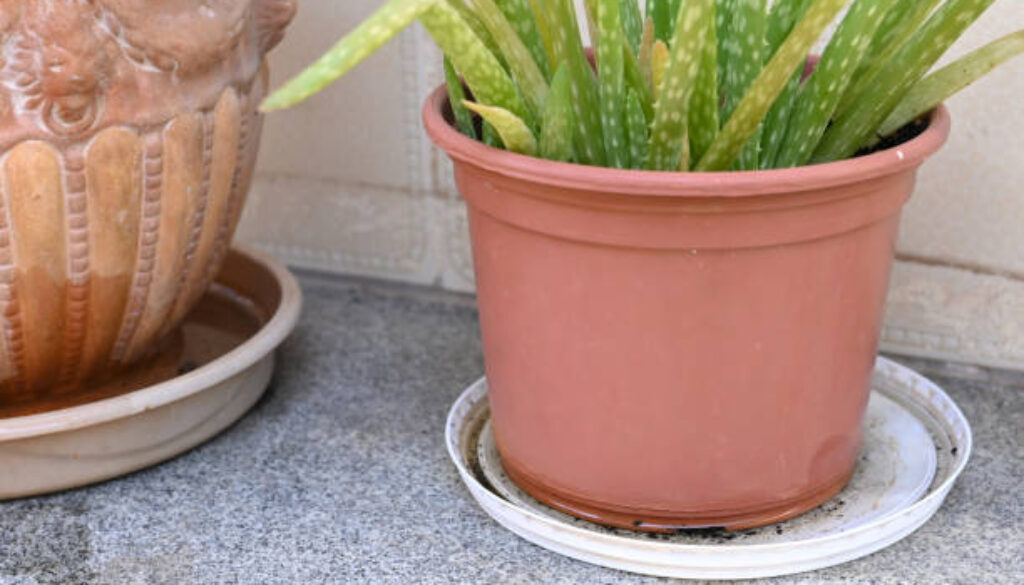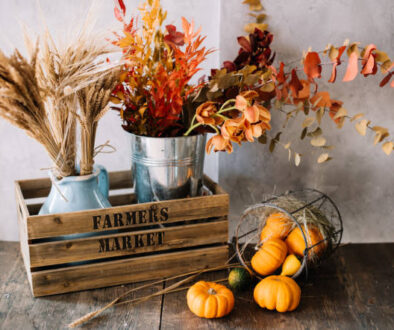14 Herbs That Grow Perfectly Well In Buckets Anytime Of The Year
This post may contain paid and/or affiliate links. I may earn a small commission at no extra cost to you.
If you think you need a big backyard to grow herbs, I’ve got good news for you: you absolutely don’t.
You can grow plenty of them right in buckets, and they’ll thrive all year long.
Whether you’re starting a vegetable garden for beginners, setting up small herb gardens, or trying your hand at indoor vegetable gardening, buckets are the perfect solution.
They don’t take much space, and with a little plant care houseplant know-how, you’ll have fresh flavors at your fingertips.
And, you can even turn your buckets into a mini healing garden that’s both beautiful and useful.
Why Buckets Work for Herbs
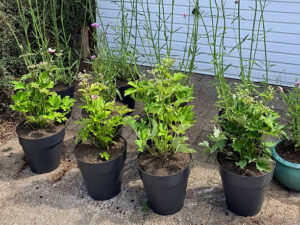
Buckets are one of the easiest and cheapest ways to grow herbs.
They give you flexibility; you can move them around for more sunlight, bring them inside during colder months, and control the soil quality better than in the ground.
They’re also great for anyone short on space, making them an excellent choice for small herb gardens or for people living in apartments.
With just a few buckets, you can create a thriving collection of herbs that grow well any time of the year.
Related:
- How to Create a Colorful Medicinal Garden in Your Backyard?
- The Most Important Plants That Are Probably Missing From Your Backyard (Medicinal Plants)
- Mistakes to Avoid When Growing a Medicinal Herb Garden
1. Basil
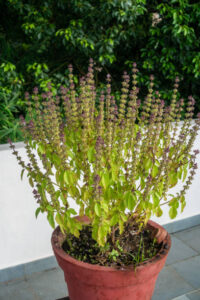
Basil grows beautifully in buckets and is one of the most rewarding herbs to grow.
It loves sunlight and well-drained soil, so place your bucket in a sunny spot.
You can snip the leaves for fresh pasta, salads, or homemade pesto.
The more you harvest, the more basil tends to grow back, making it a constant source of flavor.
2. Mint
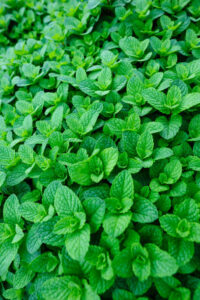
Mint practically grows like a weed, which makes it perfect for container gardening.
Keeping it in a bucket is actually the best way to control its spread, since it can quickly take over other plants if left in open soil.
Fresh mint leaves are great for tea, salads, and even desserts. Just keep your bucket moist, and it will keep producing.
3. Parsley
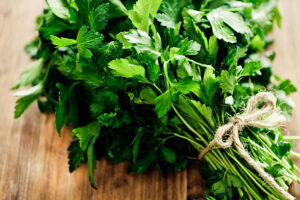
Parsley thrives in buckets as long as it gets plenty of water and indirect sunlight.
You can choose between curly-leaf parsley or flat-leaf parsley, depending on your taste.
It’s a fantastic addition to soups, stews, or as a garnish on just about any dish.
Because it regrows after cutting, one bucket of parsley can keep you stocked for months.
4. Cilantro
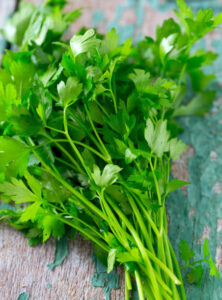
Cilantro is another bucket-friendly herb that grows fast and adds bold flavor to meals.
Keep it in a sunny location, but make sure it stays cool enough, as cilantro can bolt in very hot weather.
Whether you use it in salsa, curries, or salads, cilantro brings a fresh and zesty kick to your cooking.
5. Thyme
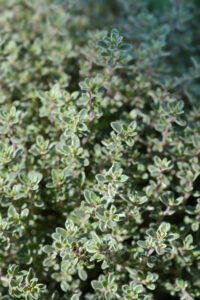
Thyme doesn’t ask for much—just good drainage and some sunlight.
Buckets make it easy to provide both, and thyme will reward you with a fragrant, hardy plant that can be harvested year-round.
It pairs beautifully with roasted meats, vegetables, and soups, adding depth to any dish.
6. Rosemary
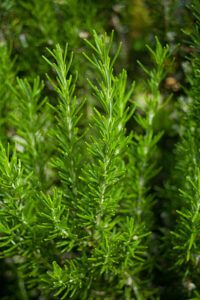
Rosemary loves buckets because you can control the soil and keep it from getting waterlogged.
It prefers drier conditions and lots of sunlight. This herb grows into a small bush over time, and it’s incredibly useful in both cooking and natural remedies.
Its strong aroma also makes it a natural insect repellent.
7. Oregano
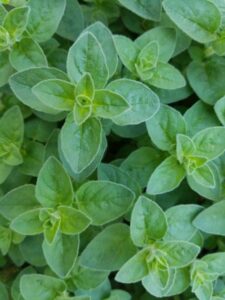
Oregano is a classic herb for Italian and Mediterranean cooking, and it thrives in buckets with well-drained soil.
You can harvest it fresh for pizza, pasta, and sauces, or dry the leaves for later.
It’s a hardy plant that will keep giving you fresh herbs for months with very little effort.
8. Chives
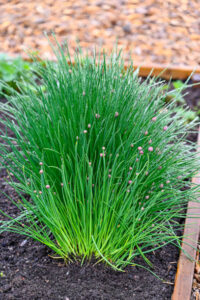
Chives grow easily in containers and don’t take much care.
They love sunlight but can tolerate partial shade. Snip them often, and they’ll keep producing.
Chives are perfect for garnishing baked potatoes, soups, and salads, and their mild onion flavor adds a fresh punch to dishes.
9. Sage
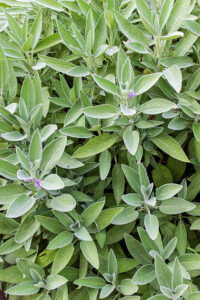
Sage is a hardy herb that does well in containers and adds earthy, savory notes to cooking.
It prefers well-drained soil and doesn’t need constant watering.
Use fresh sage leaves in stuffing, sauces, or teas. Once it establishes itself, sage will give you leaves year after year.
10. Dill
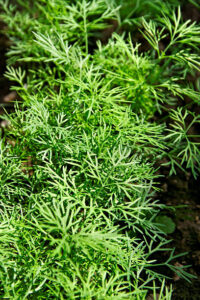
Dill grows quickly in buckets and produces delicate feathery leaves that are delicious with fish, potatoes, or pickles.
It prefers cooler weather, so buckets give you the flexibility to move it when it gets too hot.
Be sure to harvest it regularly, since dill can go to seed quickly.
11. Lemongrass
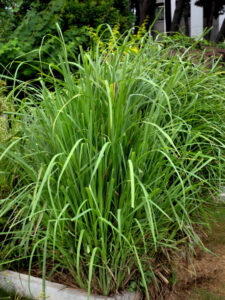
If you’re into Asian cooking, lemongrass is a must. It loves full sun and warmth, so buckets are ideal because you can place it where it gets the most light. Its tall, grassy stalks add citrusy flavor to soups, curries, and teas.
Buckets also keep it contained, since lemongrass can spread widely if left unchecked.
12. Tarragon
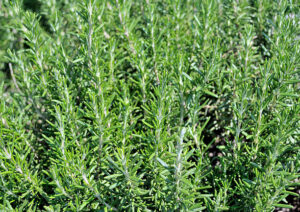
Tarragon does well in buckets and is best suited to cooler weather.
Its slightly licorice-like flavor makes it a favorite for chicken dishes, sauces, and salad dressings.
Keep it in well-drained soil and give it sunlight, and it will thrive without much fuss.
13. Lavender
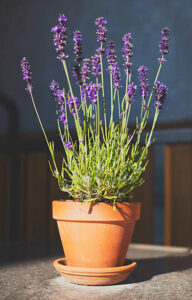
Lavender isn’t just beautiful; it’s also useful. Growing it in buckets allows you to enjoy its calming fragrance indoors or outdoors.
It loves sun and drier soil, so make sure your bucket drains well. Lavender can be used in teas, baking, or homemade sachets to freshen up your home.
14. Chamomile
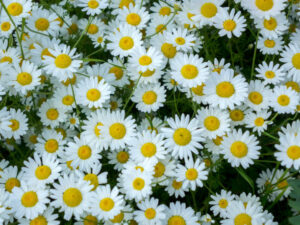
Chamomile grows perfectly in buckets and is best known for its calming tea.
It likes full sun and well-drained soil, and once it’s established, it doesn’t need much care.
Its small white flowers are not only pretty but also packed with soothing properties for relaxation and sleep.
Indoor Herb Garden Benefits
One of the best things about bucket gardening is that you can keep your herbs inside if you don’t have outdoor space.
Creating an indoor herb garden means fresh flavors year-round, no matter the weather.
Buckets make it simple to manage watering, soil, and light conditions, while giving your kitchen a green, fragrant touch.
How to Create a Healing Garden with Buckets
Buckets aren’t just for cooking herbs; they’re also perfect for creating a small healing garden.
You can fill them with herbs like chamomile, lavender, and rosemary, which are known for their calming and restorative properties.
Grouping these herbs together in buckets makes it easy to care for them while giving you access to natural remedies whenever you need them.
Plant Care Tips for Bucket Herbs
Growing herbs in buckets is easy, but proper plant care and houseplant principles still apply.
Use good potting soil with compost, make sure your buckets have drainage holes, and water consistently without overdoing it.
Rotate the buckets if you’re growing indoors so each plant gets enough light.
With simple attention, your container gardening vegetables and herbs will thrive and keep you stocked all year.
Conclusion
Growing herbs in buckets is a simple, affordable, and rewarding way to enjoy fresh flavors and healing plants any time of the year.
Whether you’re a beginner or more experienced, buckets give you flexibility, control, and plenty of harvest in a small space.
With the right care, you can create a bucket garden that keeps giving back every single season.
FAQs
Q1: Do buckets need drainage holes for herbs?
Yes, always drill drainage holes in your buckets. Without them, the soil can get waterlogged, and your herbs may develop root rot.
Q2: How big should the bucket be for herbs?
A standard 5-gallon bucket works well for most herbs, but smaller herbs like chives or parsley can thrive in smaller containers too.
Q3: Can I mix different herbs in one bucket?
Yes, as long as the herbs have similar water and sunlight needs. For example, rosemary and thyme pair well together, but mint is best kept on its own.
Q4: How often should I water herbs in buckets?
Check the soil daily. Water when the top inch feels dry, but don’t let the soil stay soggy. Herbs generally prefer consistent but moderate watering.
